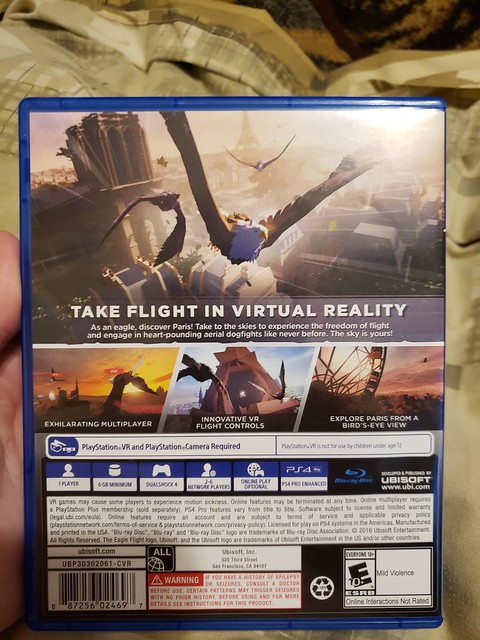Virtual Reality Flight Simulators: The Future of Immersive Aviation Training
Introduction:
Virtual reality flight simulators, also known as immersive aviation training systems, have revolutionized pilot training and simulation. With the advancement in technology, virtual reality (VR) has become a vital component in the field o vr flight simulator f aviation. In this article, we will explore the manufacturing process, features, advantages, usage methods, tips for selecting VR flight simulator products, and a concluding overview.
Manufacturing Process:
The production of VR flight simulators involves advanced technological procedures and specialized equipment. Firstly, a detailed 3D model is created using computer-aided design software to simulate real-life aircraft. This model then serves as the foundation for designing various components such as controls, cockpit layout, visuals display system 9d vr chair including high-resolution screens or head-mounted displays (HMDs), motion platforms providing realistic vibrations and movements corresponding to aircraft maneuvers.
Features:
Virtual reality flight vr racing simulator simulators offer an array of features that aim to replicate a genuine flying experience:
1. Realistic Cockpit Environment: The cockpit design closely resembles actual planes with accurate instrument panels allowing pilots-in-training to familiarize themselves with complex control functions.
2. High-Quality Visuals: State-of-the-art graphics offer stunningly realistic environments such as mountainscapes or city landscapes at different times of day.
3. Accurate Physics Simulation: Flight dynamics are meticulousl VR airplane simulation y modeled based on aerodynamic principles ensuring authentic behavior during take-offs & landings or mid-flight maneuvers.
4. Customizable Scenarios: Various scenarios can be simulated including emergency situations like engine failure or adverse weather conditions strengthening decision-making abilities under pressure.
Advantages:
Utilizing virtual reality flight simulators has numerous benefits:
1.Improved Training Efficiency: Trainees can practice unlimited hours without costly fuel expenditure while getting immediate feedback on their performance through debriefing sessions analyzing flights’ data recorded by the simulator.
2.Safe Learning Environment: Risk-free environment significantly reduces the chances of accidents during training sessions, enhancing safety for both pilots and aircraft.
3.Cost vr flight simulator -Effective Solution: VR flight simulators eliminate the ne VR UFO 2 Seats ed for costly real aircraft maintenance, minimize wear & tear expenses, and avoid potential damages resulting from trainee errors.
4.Enhanced Realism: The high level of immersion provided by virtual reality technology maximizes realism and creates an unparalleled learning experience.
Usage Methods:
Virtual reality flight simulators are employed in various applications:
1. Pilot Training: Flight academies extensively utilize these systems to provide comprehensive training for aspiring pilots at different stages of their career development.
2. Skill Improvement: Experienced pilots can enhance their expertise by practicing complex maneuvers or emergencies using VR flight simulators’ realistic scenarios.
3. Research and Development: Aircraft manufacturers employ VR simulations during the design phase to test new features or validate vr flight simulator prototypes before construction.
How to Choose a VR Flight Simulator Product:
When selecting a suitable VR flight simulator product, consider the following factors:
1.Degree of Immersion: Opt for products w Virtual reality flight simulator ith advanced HMDs offering high-resolution displays delivering immersive visuals integrated with sound effects that heighten realism levels.
2.Motion Platform Quality: Look for robust motion platforms capable of accurately replicating diverse movements ensuring maximum realism effectively supporting pilot skill development.
3.Software Customization Options: Choose systems providing flexible software allowing customization options inc

luding scenario adjustments tailored to specific training needs.
Conclusion:
Virtual reality flight simulators have revolutionized aviation training by providing immersive experiences that closely mimic real-life flying conditions. With their realistic cockpit environments, stunning visuals, precise physics simulation, and customizable scenarios; these systems significantly improve efficiency while minimizing costs associated with traditional methods. By u Immersive aviation training system tilizing such cutting-edge technologies in pilot training programs, we can ensure safer skies through enhanced skills and increased proficiency amongst aviators operating worldwide.
NoteTitle
Virtual Reality Flight Simulators: The Future of Immersive Aviation Training
Content
Introduction:
Virtual reality flight simulators, also known as immersive aviation training systems, have revolutionized pilot training and simulation. With the advancement in technology…

